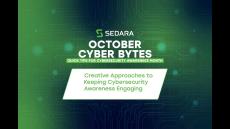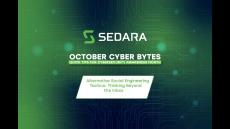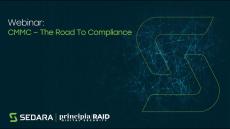- February 2025 (1)
- January 2025 (2)
- December 2024 (1)
- November 2024 (1)
- October 2024 (6)
- September 2024 (2)
- August 2024 (2)
- July 2024 (2)
- June 2024 (2)
- May 2024 (2)
- April 2024 (1)
- March 2024 (1)
- January 2024 (1)
- December 2023 (1)
- November 2023 (1)
- October 2023 (3)
- September 2023 (2)
- August 2023 (2)
- July 2023 (1)
- June 2023 (4)
- May 2023 (2)
- April 2023 (2)
- March 2023 (1)
- February 2023 (2)
- January 2023 (6)
- December 2022 (3)
- November 2022 (5)
- October 2022 (3)
- September 2022 (3)
- June 2022 (4)
- April 2022 (4)
- February 2022 (1)
- December 2021 (1)
- November 2021 (2)
- September 2021 (1)
- August 2021 (1)
- July 2021 (1)
Whether you’re a CEO looking for a cybersecurity program, or a CTO looking for help, you need a partner in cybersecurity threat intelligence. Our experienced team will enable you to take your cybersecurity and compliance to the next level with 24/7/365 monitoring, detection, and response.
Sedara was founded in 2013 to streamline practical and effective cybersecurity for organizations of all sizes. We are headquartered in Buffalo, NY and live and breathe cybersecurity. Our communities are adopting technology faster than they can keep everything secure and this fundamental problem currently does not have an easy solution. This uphill battle drives us to bring honed cybersecurity expertise, strategies, and manpower to as many organizations as possible.
How we do it:
- Prepare: Sedara uses years of experience combined with millions of events logged and analyzed to prepare your organization for when (not if) a threat occurs.
- Detect: Sedara utilizes behavioral analytics and machine learning to detect critical threats as well as suspicious activity on your network.
- Eliminate: When a threat has been detected, Sedara will deploy our expert SOC analyst to neutralize and eliminate the attack.
- Enhance: Once a threat has been eliminated, Sedara will then utilize the data and behavior of that attack to ensure your network is immune to similar threats.
Sedara is Your Cybersecurity Sidekick.
























